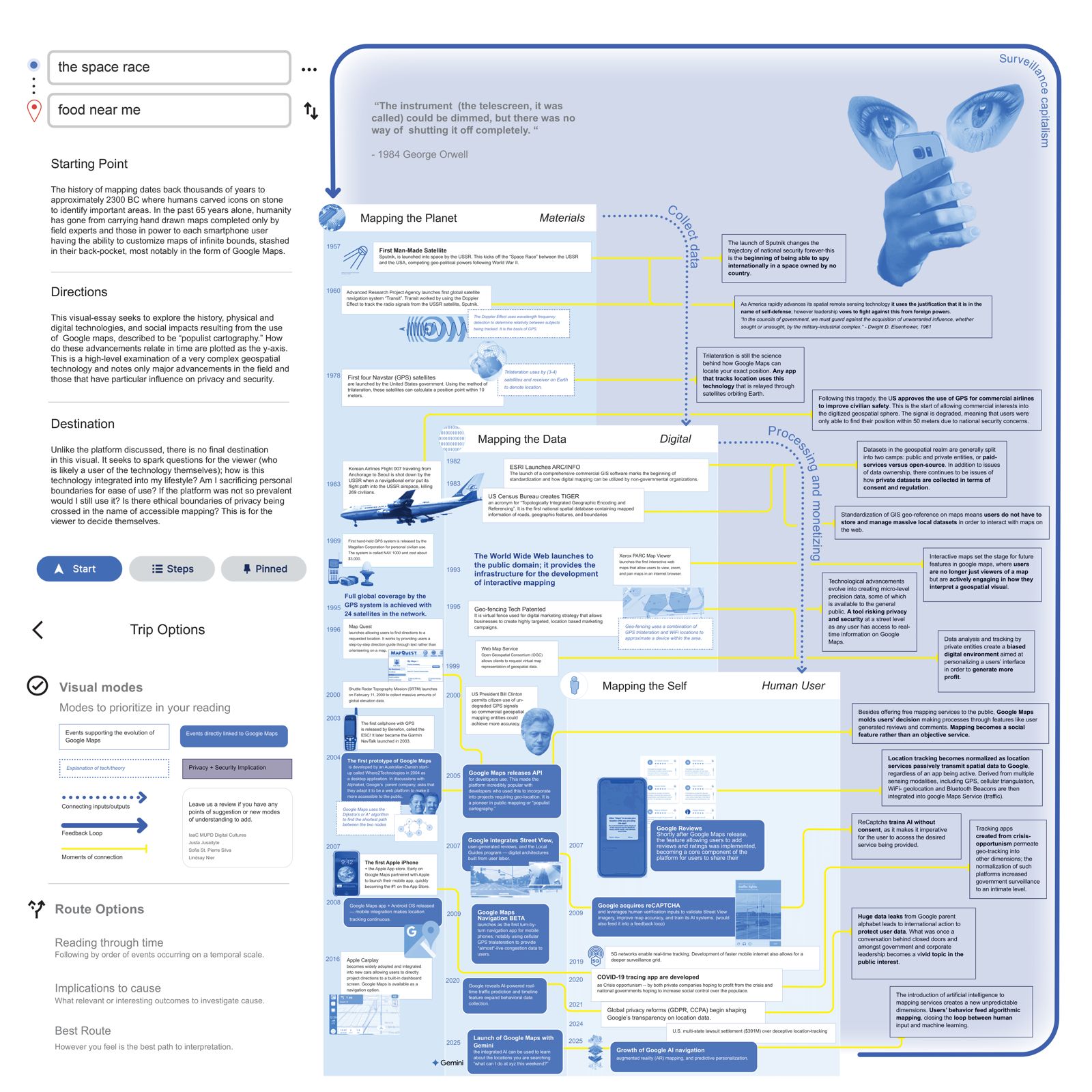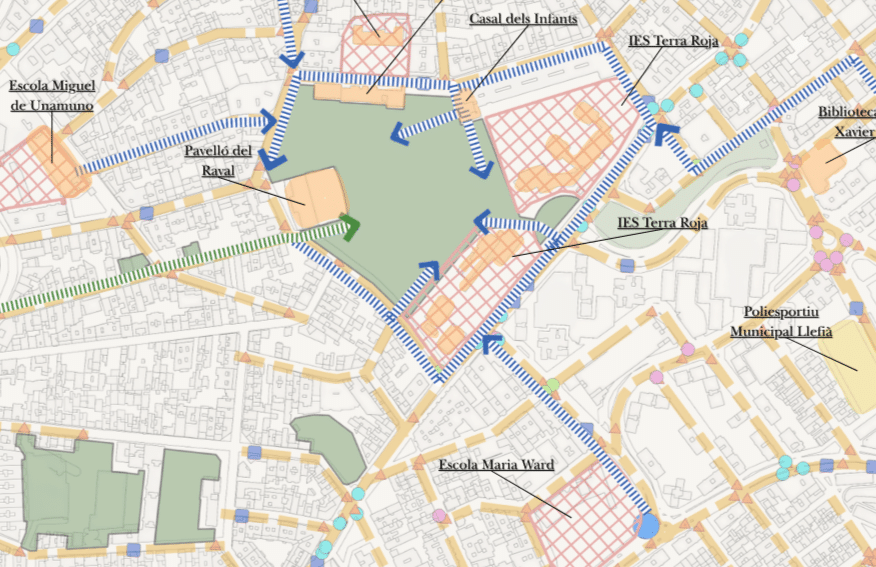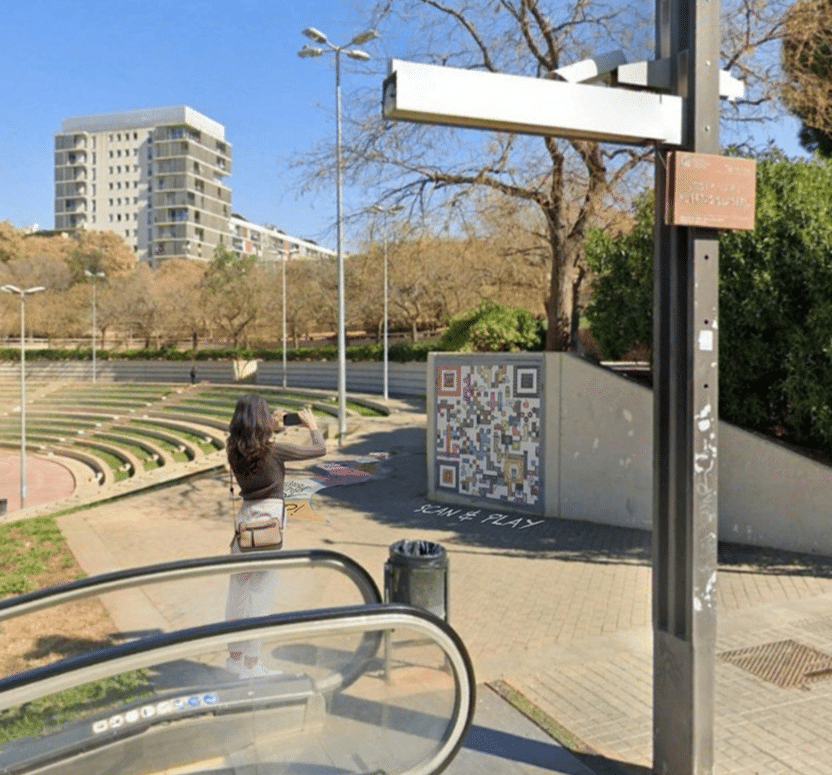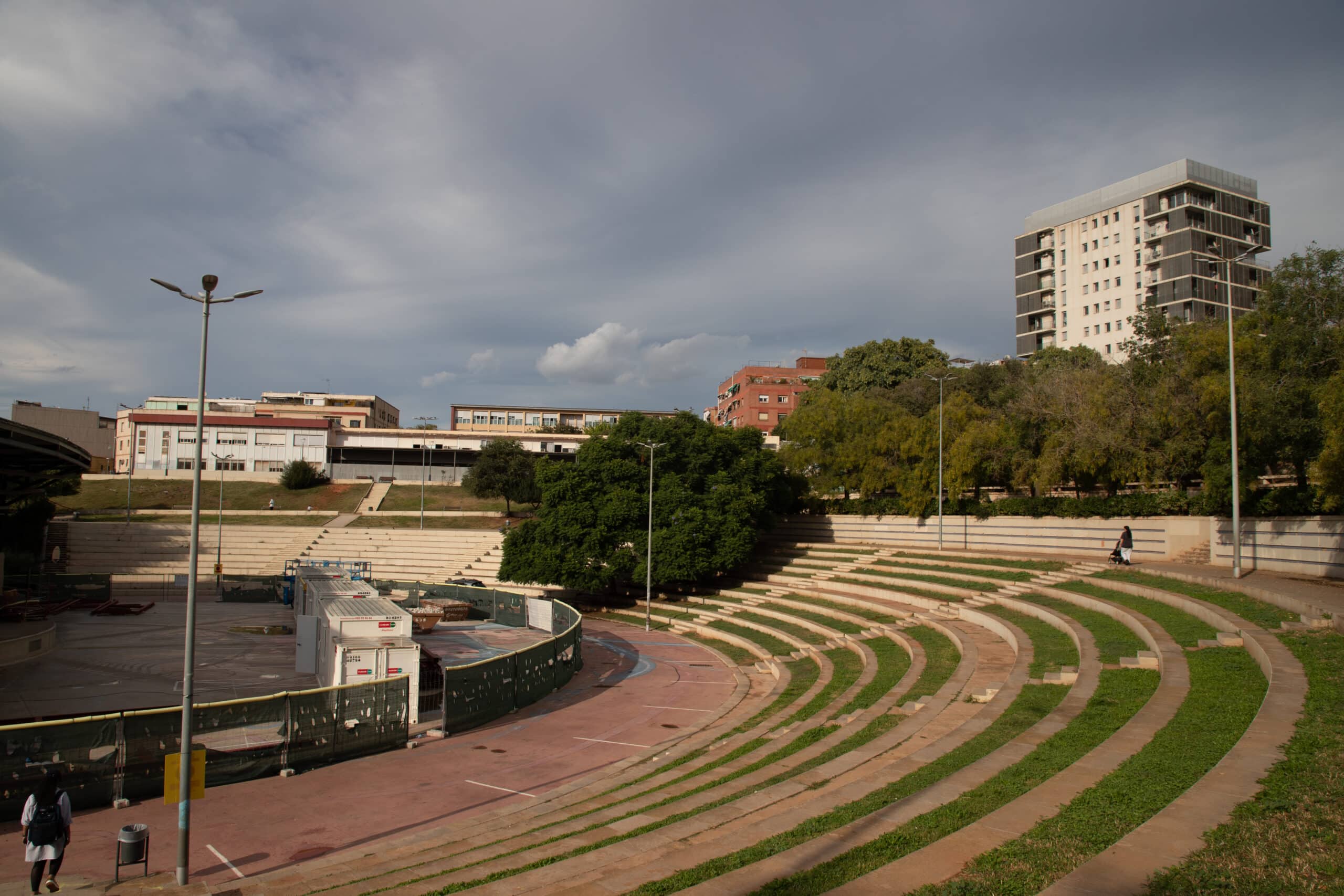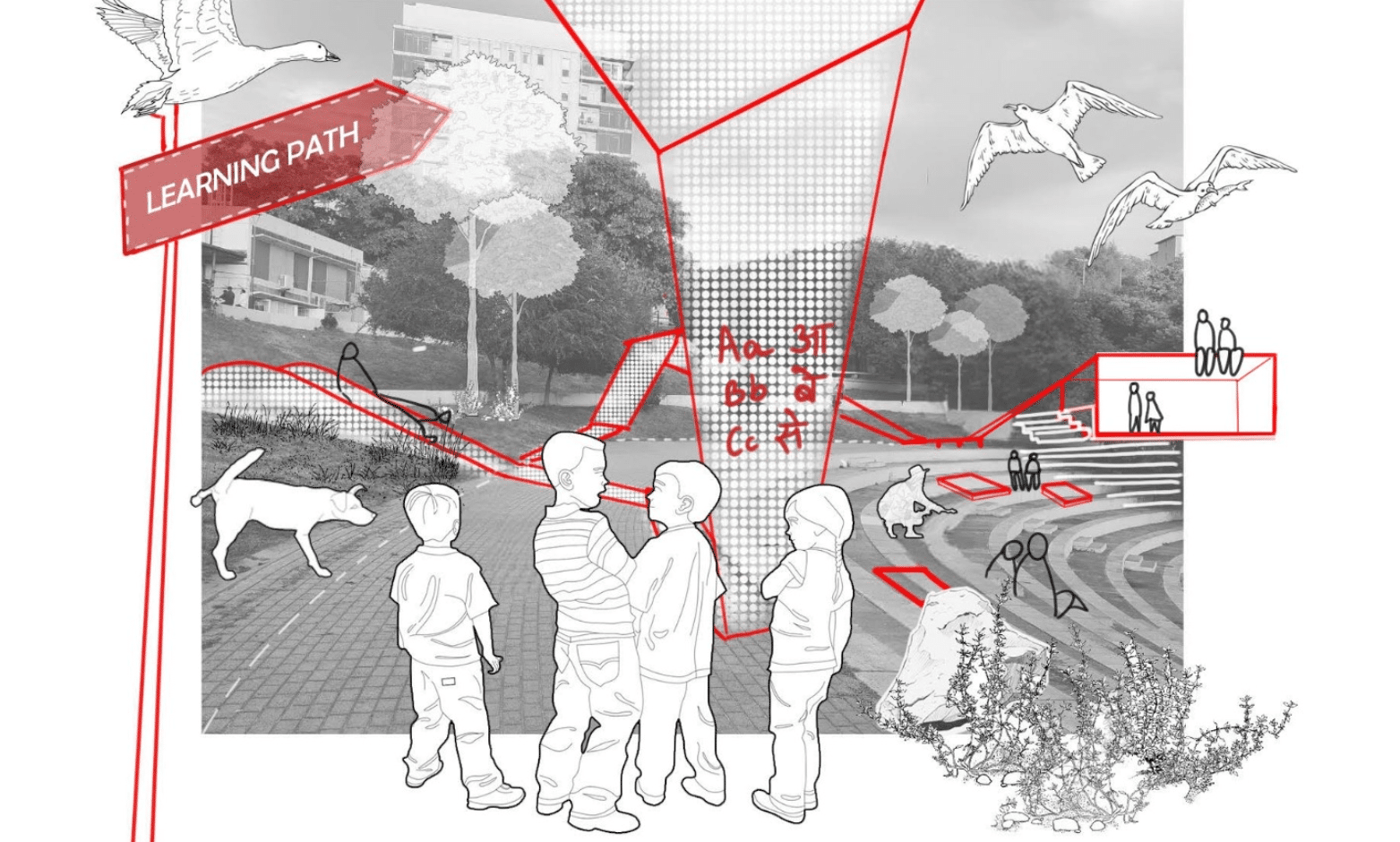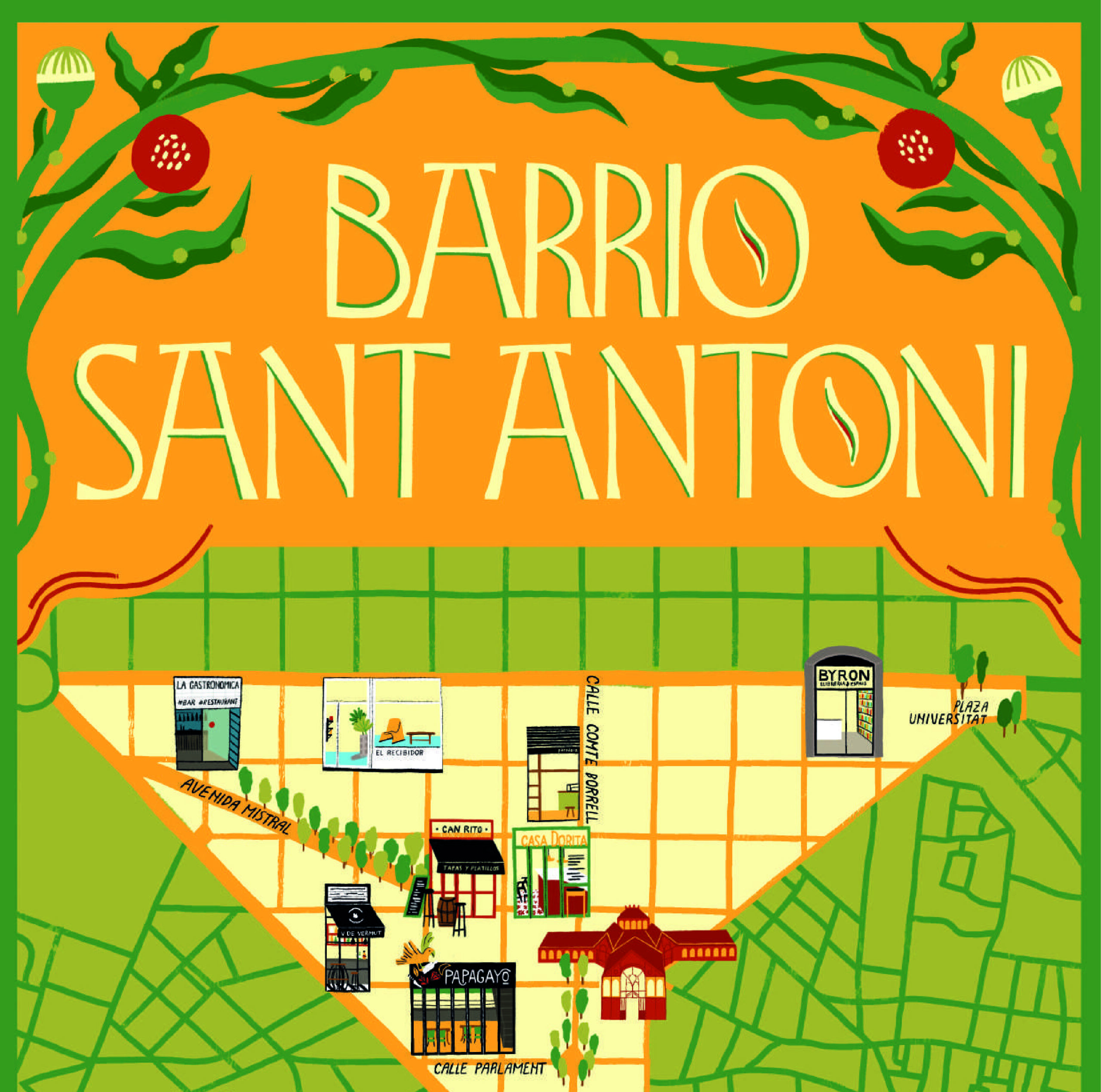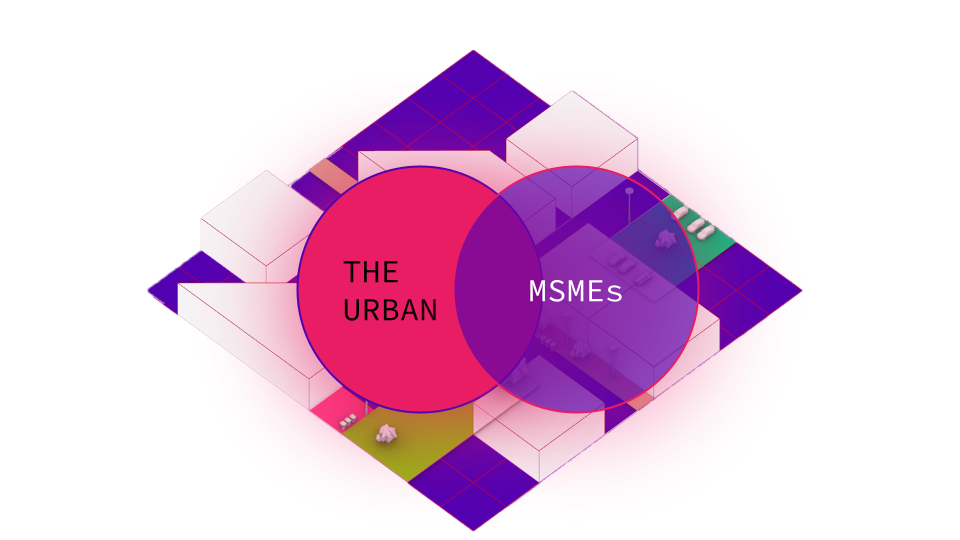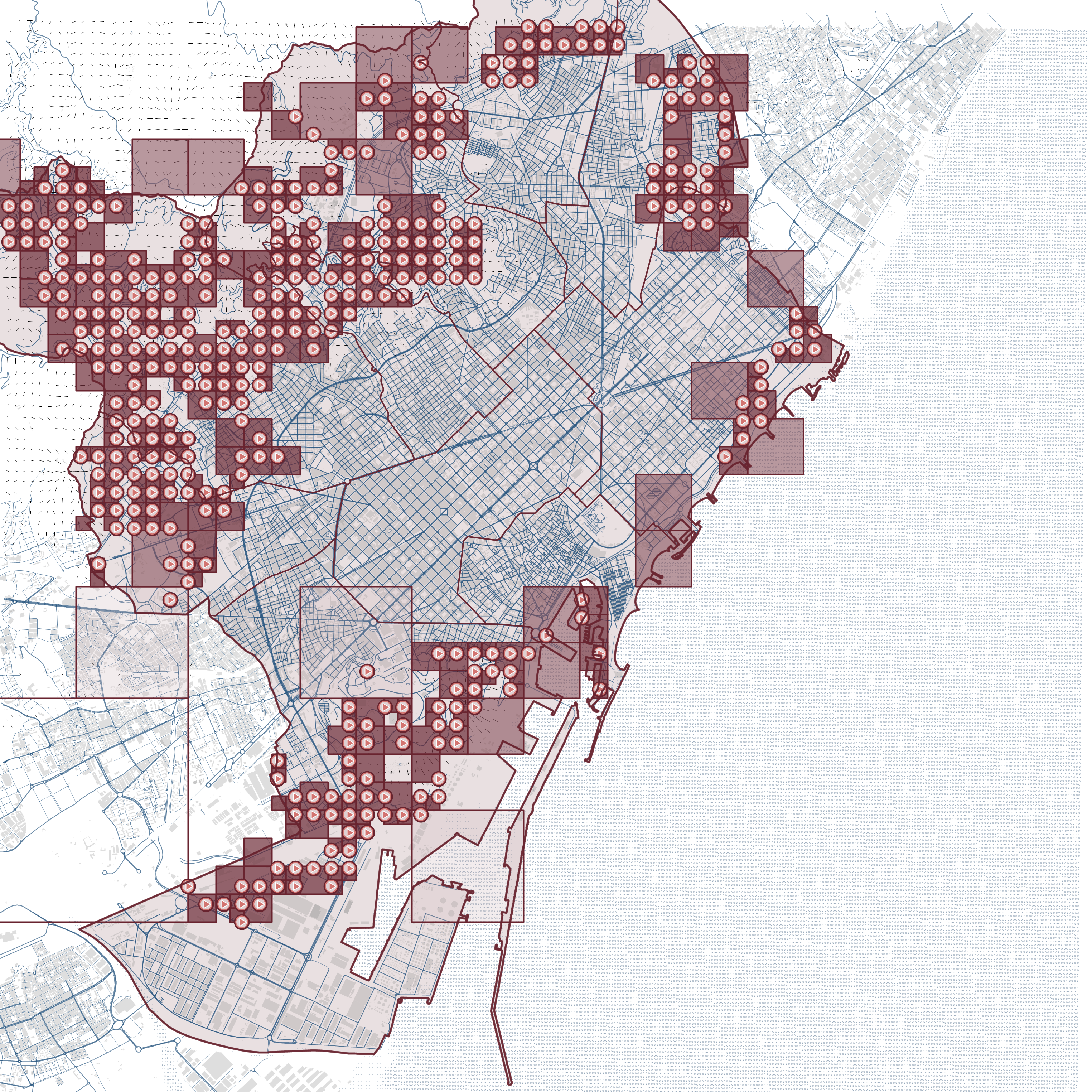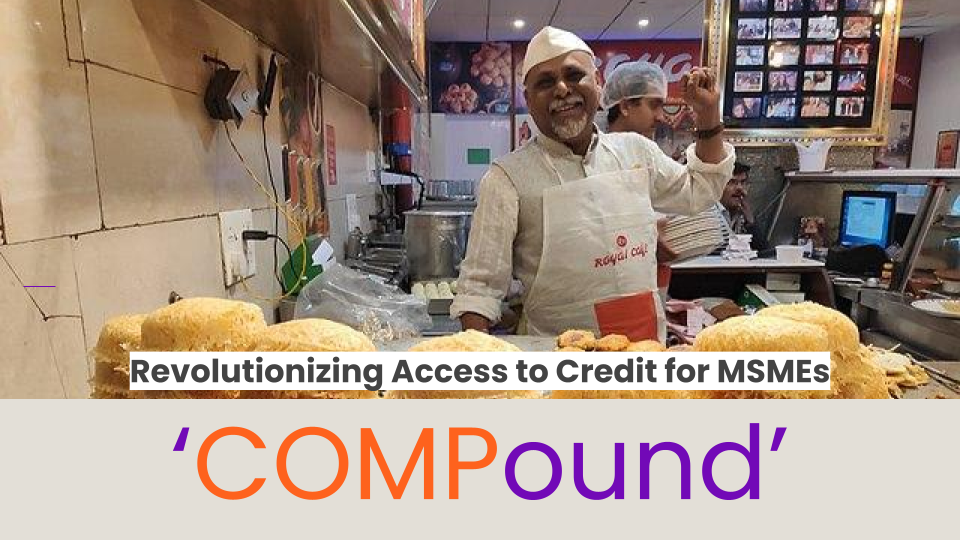Privacy & Security through the lens of Google Maps
The layers of Google Maps This research visual presents the evolution of mapping through the lens of Google Maps, inspired by the work of Kate Crawford and Vladan Joler, Calculating Empires. The work divides the evolution of data leading to the creation of Google Maps into three layers: Mapping the Planet, Mapping the Data and … Read more

